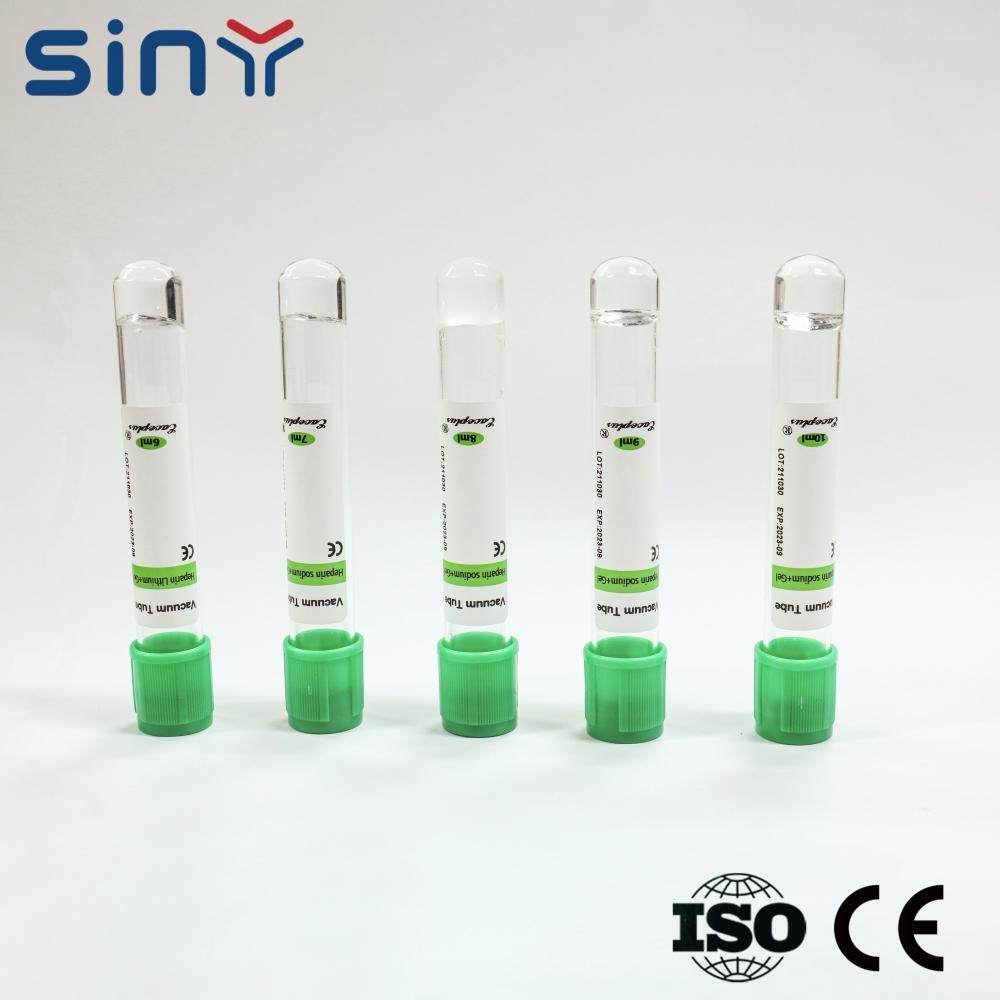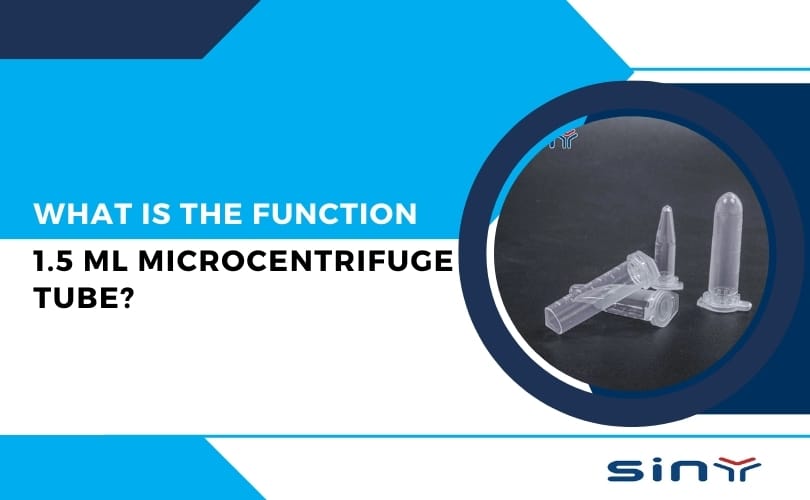The Materials and Additives Used in Vacuum Blood Collection Tubes are made of plastic, glass, or cardboard. Some tubes also contain additives such as anticoagulants, preservatives, and stabilizers. The additives help extend the blood’s life and prevent it from clotting or deteriorating.
Additives used in blood culture collection play a critical role in blood collection and vacuum blood collection. The functions of blood collection tube additives are divided into blood anticoagulation, blood coagulation, and separation gels.
As well as serum tubes, sodium citrate hemosinking tubes, blood glucose detection tubes, micro-peripheral blood collection tubes, nucleic acid detection tubes, DNA preservation tubes, PRP tubes, CPT tubes, PST tubes, and various additives are widely used in scientific research experiments.

Table of Contents
Understanding Blood Collection Tube Additives
Blood collection tube additives play a critical role in ensuring the accuracy and reliability of results as they collect blood samples through vacuum blood collection tubes. These additives help maintain the integrity of the collected sample by preventing clotting, thereby reducing the likelihood of affecting the test results.
Additionally, blood collection additives also help to stabilize and preserve analytes in blood samples, which can affect the validity of results. By using Siny’s high-quality additives, healthcare practitioners can ensure reliable and accurate blood samples.
Materials and Additives for Vacuum Blood Collection Tubes
Vacuum Blood Collection Tube material
Vacuum tube material for blood collection: Most are ordinary glass and pet blood collection tubes.
Ordinary glass test tubes are prone to hemolysis due to their high pH value. In contrast, the extubation process produces glass test tubes that feature densely arranged linear grooves, with irregular depth and thickness, causing cells to hang on the wall.

Plastic vacuum blood collection tubes are made of PET plastic. PET plastic tubes are light in weight and easy to transport; the probability of tube wall damage is minimal, and the possibility of sample leakage during transportation, centrifugation, and testing is minimal. It has the advantages of incineration and destruction.
Vacuum blood collection tube additive
Additives include anticoagulant, coagulant, buffer, protective agent, inner wall treatment agent, nozzle treatment agent, separation gel, etc. Its type, performance, and concentration directly affect blood samples’ properties and test results.
Commonly used are the following:
Biochemistry Tube
Additive-free tube (red cap): mainly used for serum biochemistry (liver function, kidney function, myocardial enzymes, amylase, etc.), electrolytes (serum potassium, sodium, chloride, calcium, phosphorus, etc.), thyroid function, and drug testing, AIDS testing, tumor markers, serum immunology, etc.
- The procoagulant tube (with an orange cap) typically sees use in emergency biochemistry.
- The separation hose (yellow cap) primarily serves for serum biochemistry (including liver function, kidney function, myocardial enzymes, amylase, etc.), electrolytes (such as serum potassium, sodium, chloride, calcium, phosphorus, etc.), thyroid function, drug testing, AIDS detection, tumor markers, PCR, TORCH, serum immune detection, etc.
Anticoagulant Tubes
- Heparin Tube (green cap): suitable for erythrocyte osmotic fragility test, heparin tube blood gas, plasma permeability, hematocrit, erythrocyte sedimentation rate, and general biochemical determination.
- Blood EDTA Tube (purple cap): used for hematology (blood routine) examination and blood ammonia detection.
- Coagulation Tube (blue cap): used for the fibrinolytic system (prothrombin time, thrombin time, activated partial thrombin time, fibrinogen).
- ESR Tube (black cap): generally used for ESR testing.
- Blood sugar tube (gray): widely used to check blood sugar, glucose tolerance, red blood cell electrophoresis, alkali-resistant hemoglobin, sugar hemolysis, and other items.
Sinymedical manufactures vacuum blood collection tubes and provides OEM ODM services. You are welcome to consult!
The use of Vacuum Blood Collection Tube Additives
Choosing appropriate additives: Ensure sample quality and stability by selecting appropriate additives based on the purposes of blood collection and the types of blood.
Additives should be strictly controlled: Excessive or inadequate use of additives can impact the quality and stability of samples.
Compatibility of additives: Differences in additives utilized among various brands of blood collection tubes may exist, necessitating compatibility between additives and tube materials to prevent adverse reactions.
Procedure: Ensure the correct addition and utilization of additives during blood collection.
Safety issues: Additives, which may pose toxicity or allergenicity risks, require protection for both blood collection personnel and patients.
FAQs:
What are the additives in blood collection tubes?
Additives in blood collection tubes are substances that manufacturers add to preserve the integrity of the blood sample and facilitate specific laboratory tests. These additives serve various purposes, such as preventing blood clotting, preserving cellular components, stabilizing analytes, or enhancing diagnostic accuracy.
What are the additives in a Vacutainer?
Vacutainer tubes, commonly used for blood collection, may contain various additives depending on the intended use of the blood sample. Some common additives include anticoagulants like EDTA (ethylenediaminetetraacetic acid), citrate, or heparin to prevent clotting, while others may contain substances to stabilize analytes or enhance specific testing procedures.
What type of additive is in a red top vacuum tube?
The red top vacuum tube typically contains no additives. Serum obtained from a red top tube is suitable for various diagnostic tests that require a clot-free sample.



























































